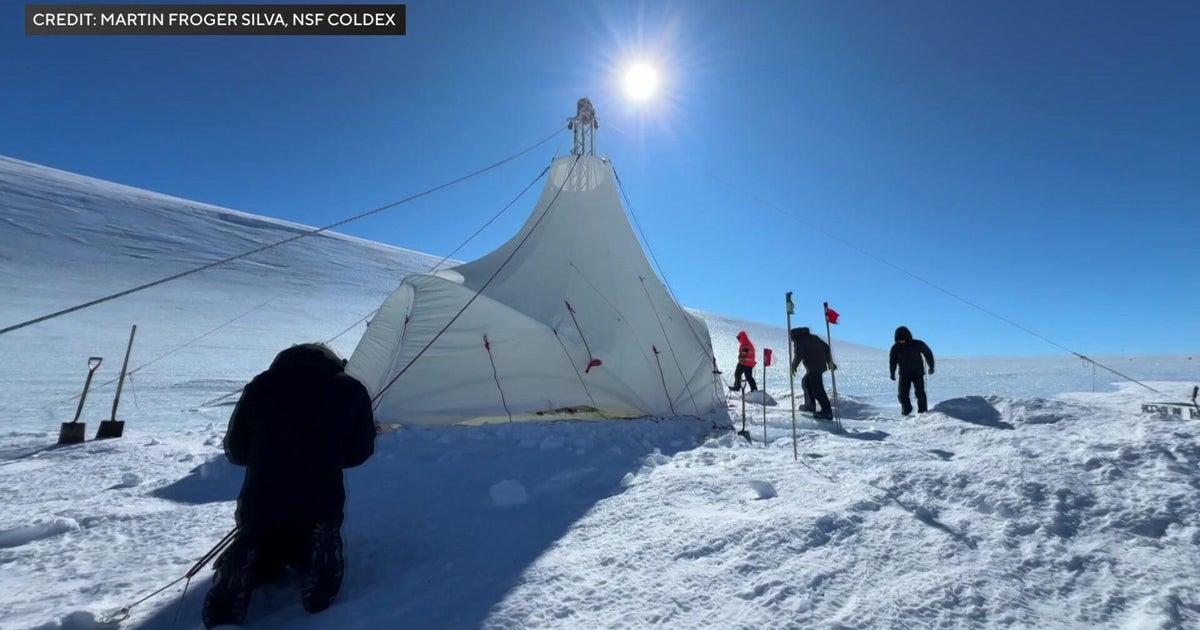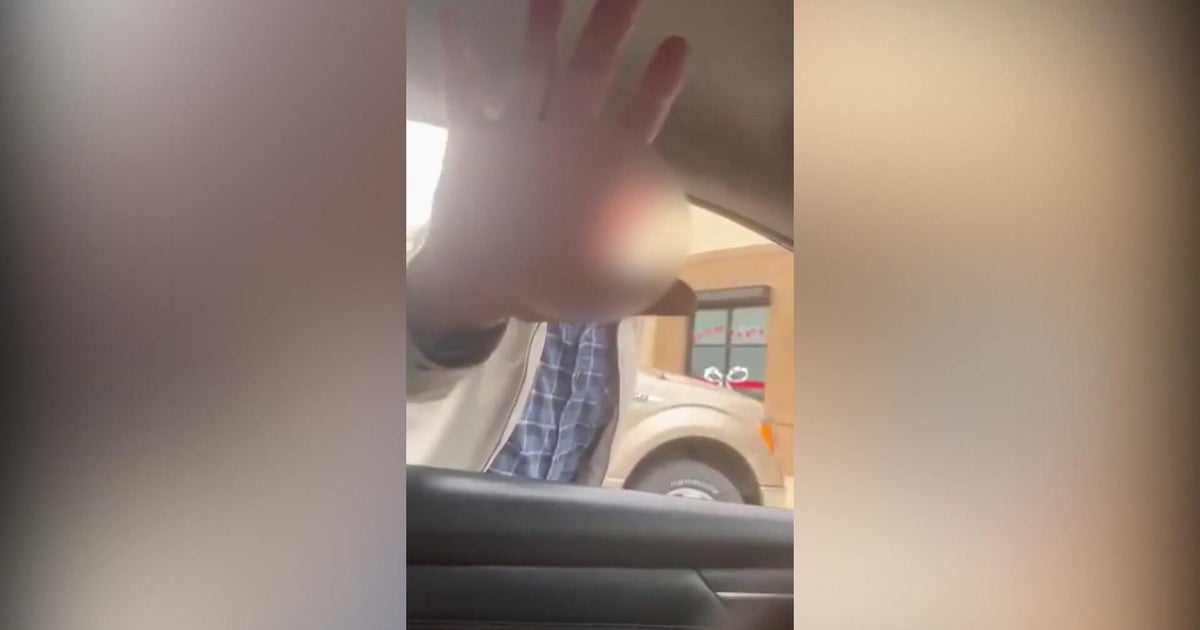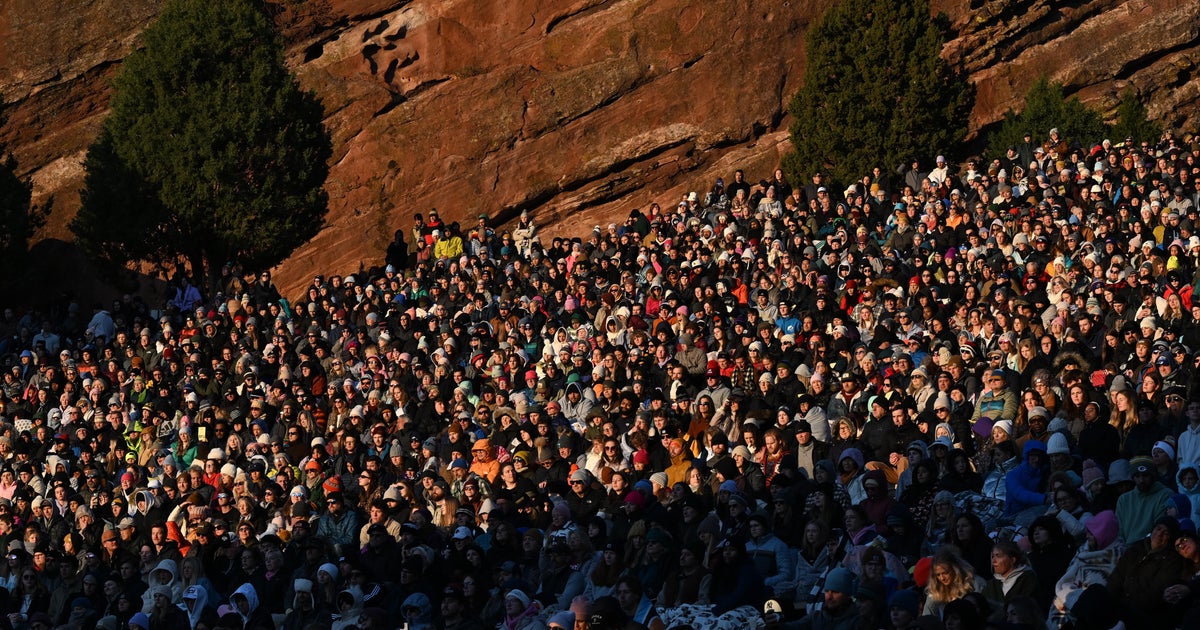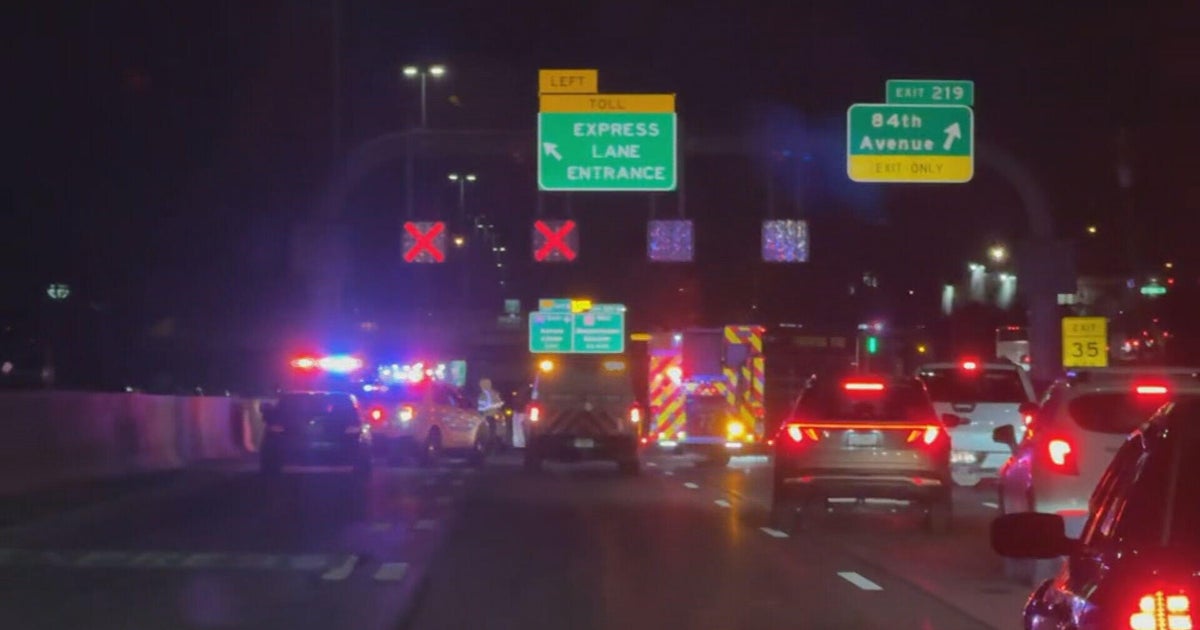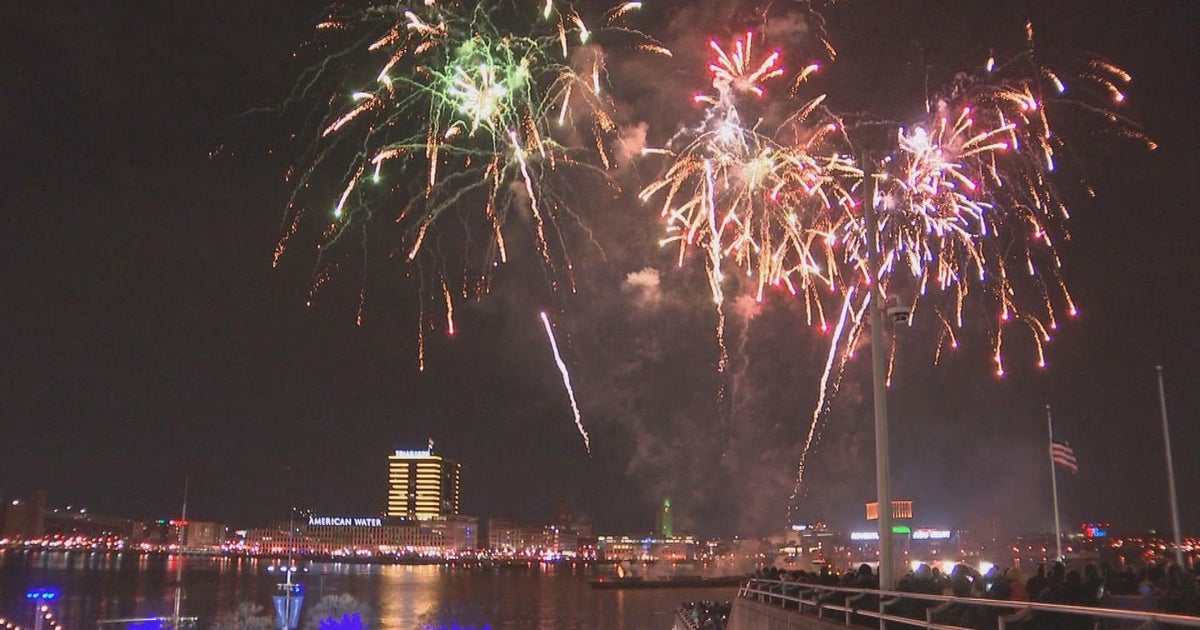The 'Rock Wall' Of Rockwall, Texas
Follow CBSDFW.COM: Facebook | Twitter
Beneath the city of Rockwall is a narrow row of hard mineral stones that appears to be stacked on top of one another, forming what looks a lot like a rock wall. The formation has been sparking debate between imagination and science for more than 160 years. The question is, was this "Rock Wall" of Rockwall built by prehistoric people, or is it a naturally occurring phenomenon?
The rock formation has been documented in eleven separate locations surrounding and underneath Rockwall. A map archived by the Rockwall County Historical Foundation illustrates the spots where people have excavated the "wall," starting in 1852. The places appear as random spots on the diagram, but do all of these dots, dashes and arches form a pattern? No one knows. The entire stretch of "wall" has never been excavated.
For the most part, people have stumbled upon the wall by accident, like while plowing a field or digging a well. Occasionally, someone goes looking for it. Kevin Richeson has excavated a portion of the wall on four occasions.
What is it?
Tests run on the rocks to establish dating, composition and crystal orientation conclude that the "wall" did indeed form naturally and, in fact, is not terribly unique. Geologist Dr. John Gleissman with the University of Texas at Dallas studied the formation a couple of years ago. He agrees with the assessment made by Dr. Robert T. Hill in 1901 that the "wall" is nothing more than your average, run-of-the-mill sandstone dike. According to the Colorado Geological Survey, these formations are "a seam of sedimentary material that fills in a crack and cuts across sedimentary or other types of strata." In other words, water, sand, silt and other materials collect in a crack or fissure in the Earth and, over the course of millions of years, dry and harden. The material often times breaks and fractures as it condenses, forming patterns. This happens all over the world. However, the formations in Rockwall are interesting, says Gleissman, in that "the sandstone dikes fractured in a way that it looks like bricks that were put together in a symmetrical way."
But there are portions of the wall that almost beg you to consider an alternate theory. Local accounts and old newspaper reports from the early part of last century document make claims of steps and archways. One account from a family, which dug along the wall as part of setting up their now-downtown homestead, describes a corridor. Archived photos show what appears to be a form of drawing or writing on one of the rocks. And (cue the X-Files theme), one of the digs turned up a round metal disk made up of iron embedded in one of the stones. I mean, come on. Even the most cynical cannot help but wonder if it is in any way possible that native people made some sort of contact with the "wall." The cliff-dwelling people of New Mexico did not build the cliffs - but they used them. Perhaps some version of that happened in North Texas? Who cares if the Caddo and Creek Indians have left no other evidence of other permanent structures? Maybe it was a northern annex for the Mayans. Work with me here.
No can do, says Geologist John Geissman.
"In my opinion, it is virtually impossible for these to have been formed above the Earth's surface," he says. "And, I think that any geoscientist would say the same thing, unless they were interested in nothing more than a lot of fake publicity."
OK. Fine. But what about the metal ring?
"The issue of the metal bolts, and other features in the dikes must be taken on a case-by-case basis," Gleissman says. "Everything that I saw was nothing more than odd concentrations of iron-bearing minerals, but not alloys made by humans…or intelligent and sentient beings who visited Earth in the past."
Aliens, huh? Now, that's a thought.
Where can you see the wall?
All of the known locations of the "wall" formation are underneath privately owned land. In 2012, the city of Rockwall put forward a bond to display a portion of the "wall" as part of a park. The proposal included purchasing private land, excavating the wall and preserving it. The "wall" issue was tied to a $60-million bond package, which failed. At this point, the city has no plans to re-visit the idea.
There is, however, a private effort to re-assemble some of the stones that have been taken from the "wall." Kevin Richeson, who has been collecting rocks from his many excavations along the wall on the old Stodghill Farm, has decided to re-assemble some of the stones in Harry Myers Park, as part of a memorial to Sheri Fowler Parks. Parks, who was a descendent of the Stodghills, was a driving force behind historical preservation in the area. She was also a former assistant editor and copywriter for Texas Monthly and published several works on Rockwall County's history. She died of cancer earlier this year.
Richeson has already begun moving pieces of the stone over to Meyers Park and laid them out next to the Rockwall County Historical Foundation museum. He says he expects to have a three-foot tall structure completed by the end of the year and is planning another installation outside the Rockwall County Historical Courthouse in downtown Rockwall.
Are you bummed?
Don't be. Sure, all evidence discounts the theory that the "Rock Wall" of Rockwall was not built by prehistoric humans. But, hey, it's still a cool thing. Here's the deal -- most towns in Texas are named after a person. Local legend is that there had been an ongoing disagreement about what to name the developing community on the East Fork of the Trinity River. Everyone wanted to name it after themselves, including the early settlers Benjamin Boydstun, Terry Utley Wade and William Clay Stevenson, who are all credited with being the first to uncover the "wall." Somehow they knew when they found the rows and rows of sandstone rocks, that long after they were gone, the "Rock Wall" is what people would remember. Egos were put aside and the town was given a name that, almost 200 years later, it shares with no other place.
(©2015 CBS Local Media, a division of CBS Radio Inc. All Rights Reserved. This material may not be published, broadcast, rewritten, or redistributed.)
